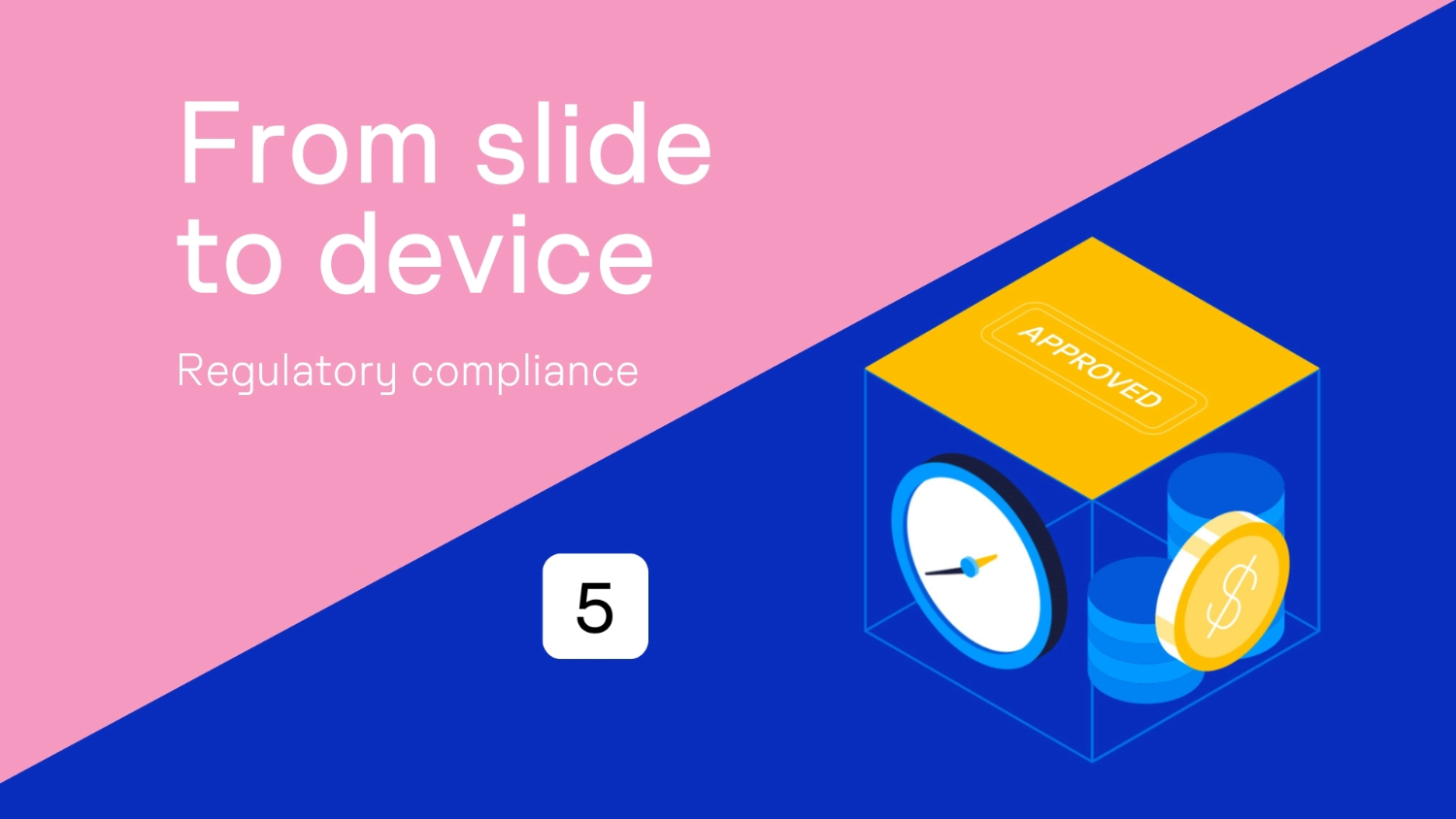
Until now, this series has covered the journey from data, to algorithm development, and to validation of an AI medical device – all aspects driven by the organization manufacturing the product. In this installment, we turn our focus to some of the external drivers and necessary steps we must incorporate in bringing an AI product to market, and into users’ hands in hospitals and labs.
By the time an AI diagnostic reaches the clinical market, it has been through a lengthy process of approval. This process involves multiple stakeholders and has different requirements in different countries. While the ultimate goal is to improve patient care and outcomes, it is physicians who will use the technology, so both of their needs must be considered in the approval of any clinical product. Regulatory requirements ensure patient privacy, safety, and efficacy. Reimbursement is often the best way to open market access for a product and payers and healthcare funders usually expect further evidence of the clinical utility of the product, as well as the economic and patient benefit. All stakeholders require organizations and products to follow specific practices, and provide evidence that proves the product performs as it should.
While much of this evidence cannot be gathered until the AI diagnostic is developed, the specific requirements outlined by regulatory bodies must be baked into the early conception of the product. Here we overview the regulatory landscape, the winding path to clinical use, and eventually reimbursement.
Read the full article here.